So, you’ve been keeping up with your Spoon U reading, and you’re totally stoked on these vegetable things. Lettuce? Hell yeah. Squash? Crushin it. Tomatoes? Technically a fruit, but functionally a vegetable. Cauliflower? That’s the new steak, apparently.
Rock and roll.
As you stand poised over a bountiful display of the fruits of the earth, what’s next? You gotta get hands on ’em.
Leaves and heads: lettuces, kale, chards, artichokes, cabbage
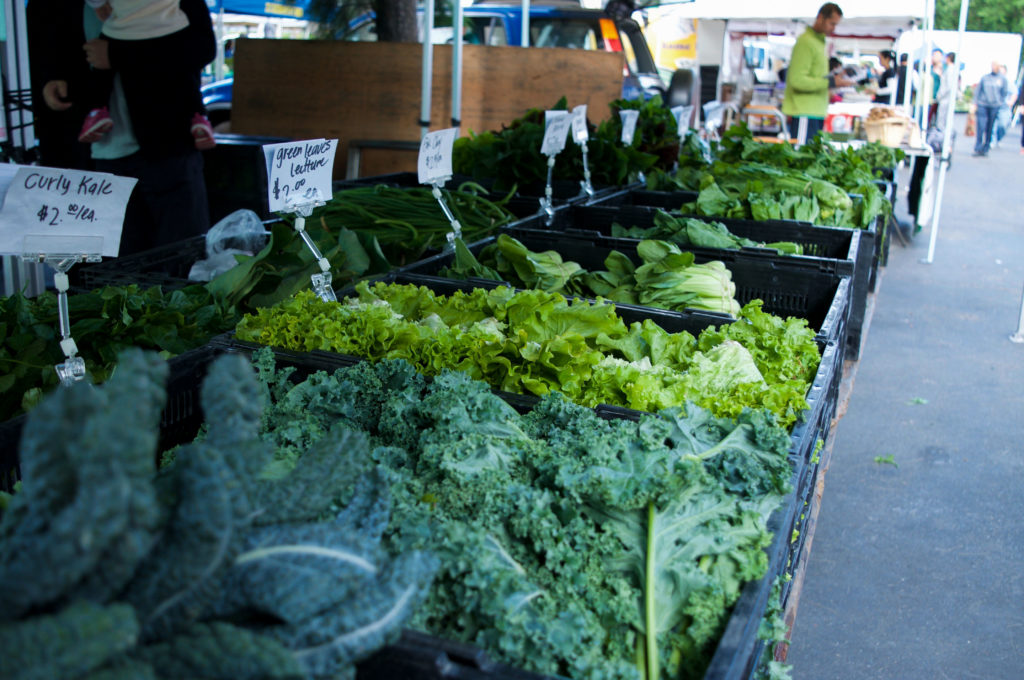
Photo by Adnan Amin
Leaves should look and feel hearty and firm, free of holes and raggedy edges. Artichokes and greens that grow in tighter heads may be subjected to the squeak test, where a light squeeze should produce a sound similar to Spongebob’s footsteps (don’t judge, I learned how to do this when I was a kid). Inspect the end where it was removed from the rest of the plant. Ideally, it should be free of brown and minimally dry. Cabbage can be found in a range of preparedness, ranging from the right-off-the-plant head with all its floppy outer leaves included, to just the main inner head. Regardless, one removes at least one layer of leaves from that inner head before preparation. For loose leaves, simply forgo the squeezing step.
Cauliflower, broccoli, etc.
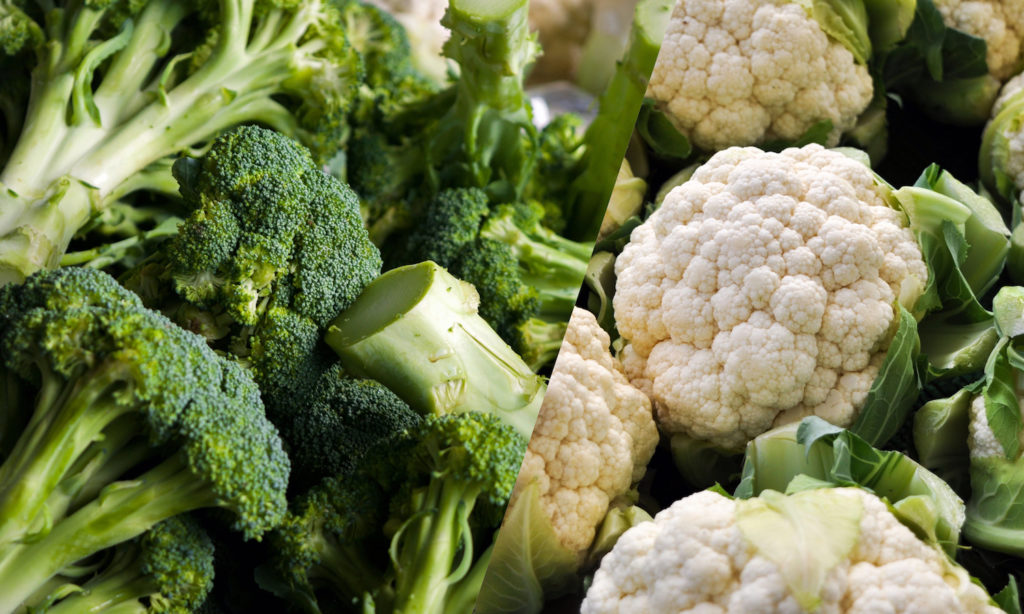
Photo by Adnan Amin
Again, check the cut end for apparent age. For broccoli, the tops should be dense with no sign of little bits falling off. Cauliflower should be firm and heavy for its size, with no gaps in the…white part. Sometimes these squeak too, but simple visual checks are usually sufficient.
Potatoes
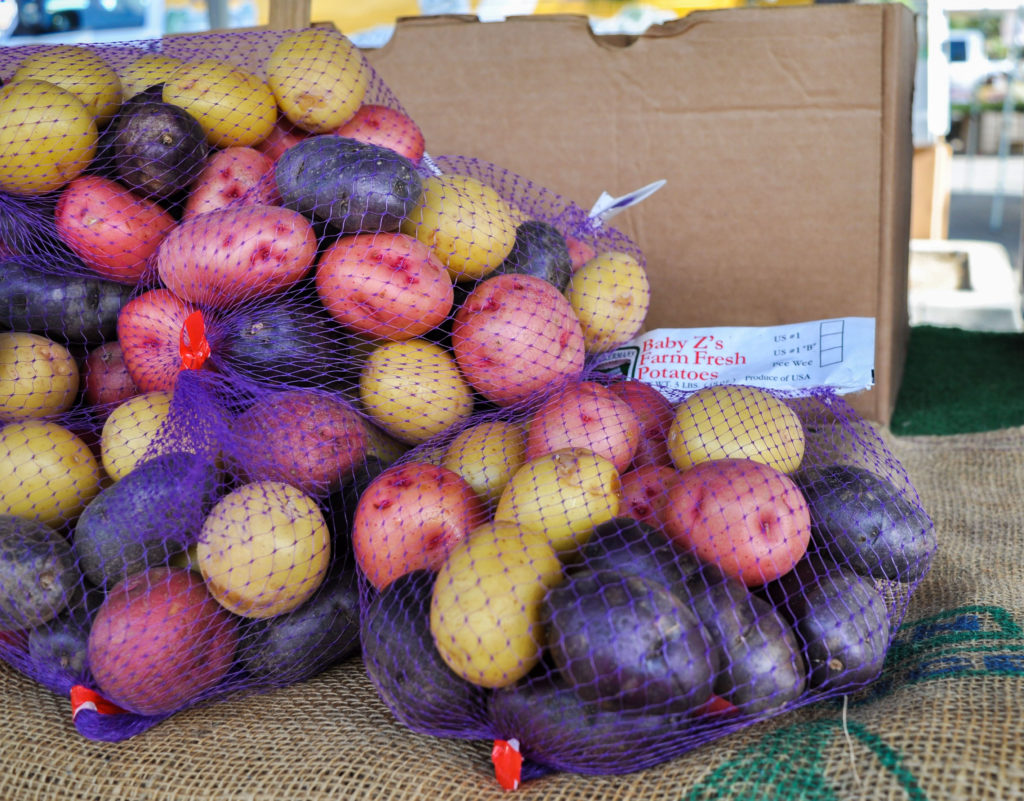
Photo by Adnan Amin
No green, as in smell or color, and totally firm. Rarely, you may find a sprouted potato in a store, but I think “don’t buy the potato with the weird looking buds/appendages coming out of it” goes without saying. Potatoes can be stored in a dark place in their natural form for some time, and the potato industry definitely takes advantage of this, but we consumers can still enjoy this benefit. Just watch out for sprouting over time. Small sprouts can be excised, if absolutely necessary. And, baby varieties can be stored in the refrigerator, which of course extends their life.
Tomatoes
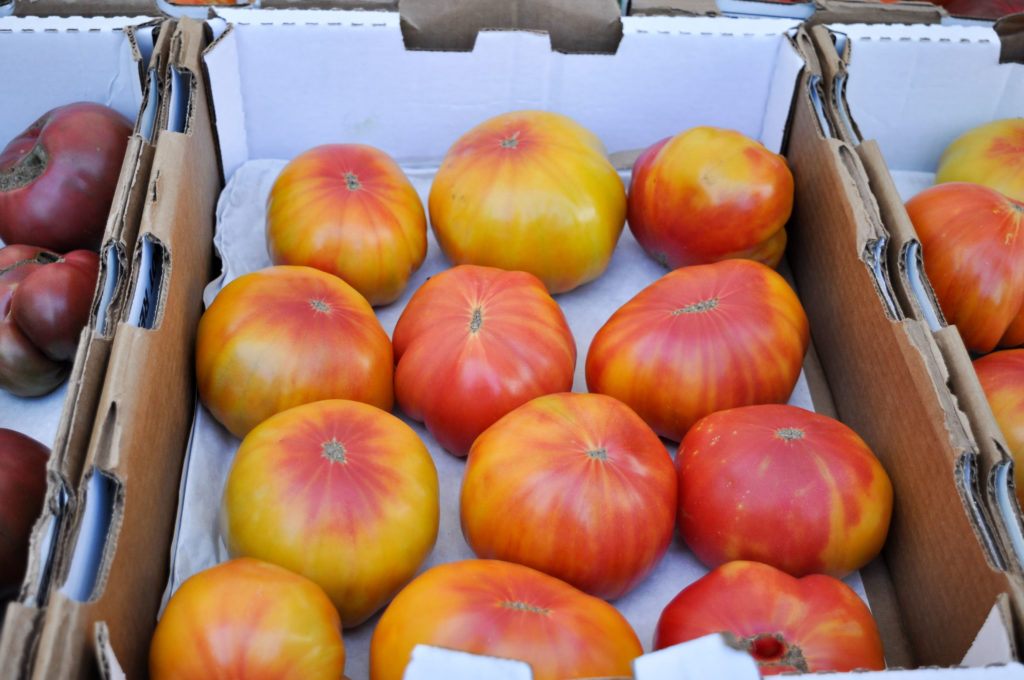
Photo by Adnan Amin
Red (or whatever color they’re supposed to be, if it’s a heirloom situation). For most uses, a balance between firm and soft is desired so you can get useable slices/chunks. If you’re cooking them, there is, of course, leeway. Less ripe tomatoes work great for oven roasting and storing in olive oil, and more ripe ones are already that much closer to a sauce!
Squashes
Squashes, like potatoes, can be stored in their natural forms for some time. As long as it’s as firm as the day you bought it and not emanating any overly strong odors, it should be good to go. Check out some ways to use squashes here and here and here.
Carrots, Beets, etc.
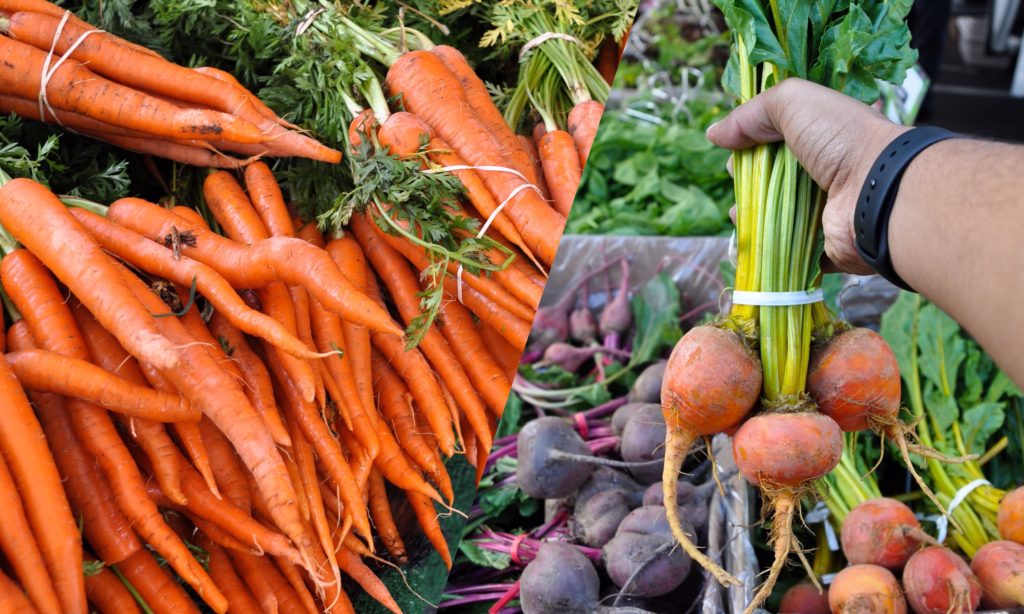
Photo by Adnan Amin
Vibrant and free of cracks. Even shape for easy peeling (except beets are best peeled after cooking, when one can simply slide the skin off of it). If bought with greens attached, remove those ASAP. The part one eats will continue to feed the its greens and lose flavor. Beet greens, though, are excellent for blanching and eating on their own.
Avocados
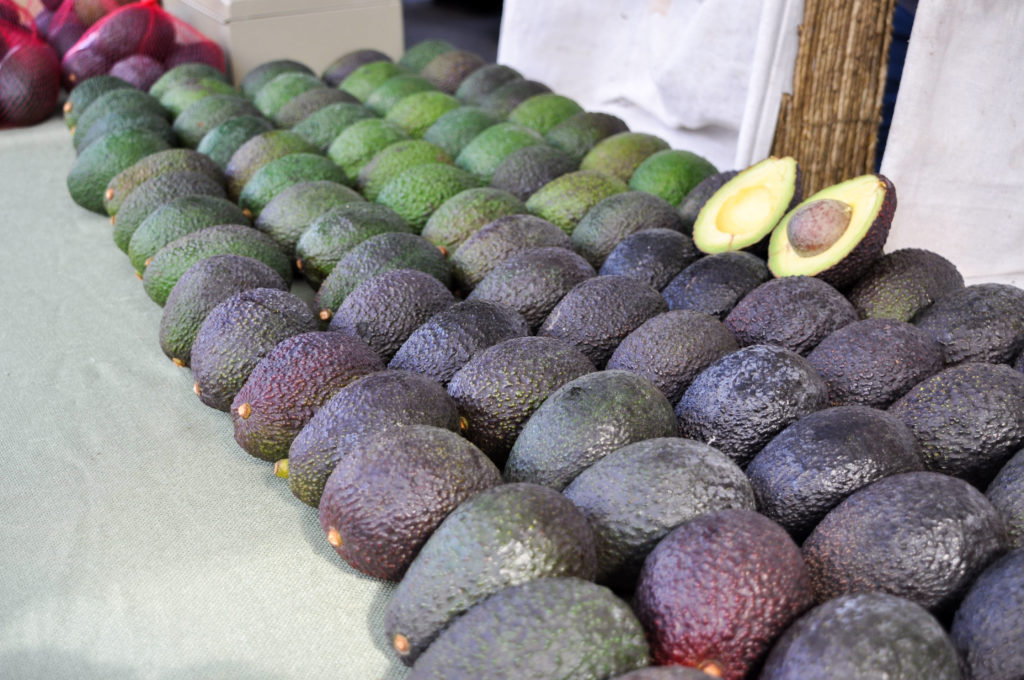
Photo by Adnan Amin
This wouldn’t be a Spoon U article without avocados, right? For immediate use, the area around the stem should have a bit of give. If not only that area, but the whole fruit, is soft, it’s possibly overripe, but you never know until you cut it open. And if you have the good fortune to be buying avocados from an avocado grower, give them a time range. You might just meet a legit avocado oracle.
Onions, Shallots, and Garlic
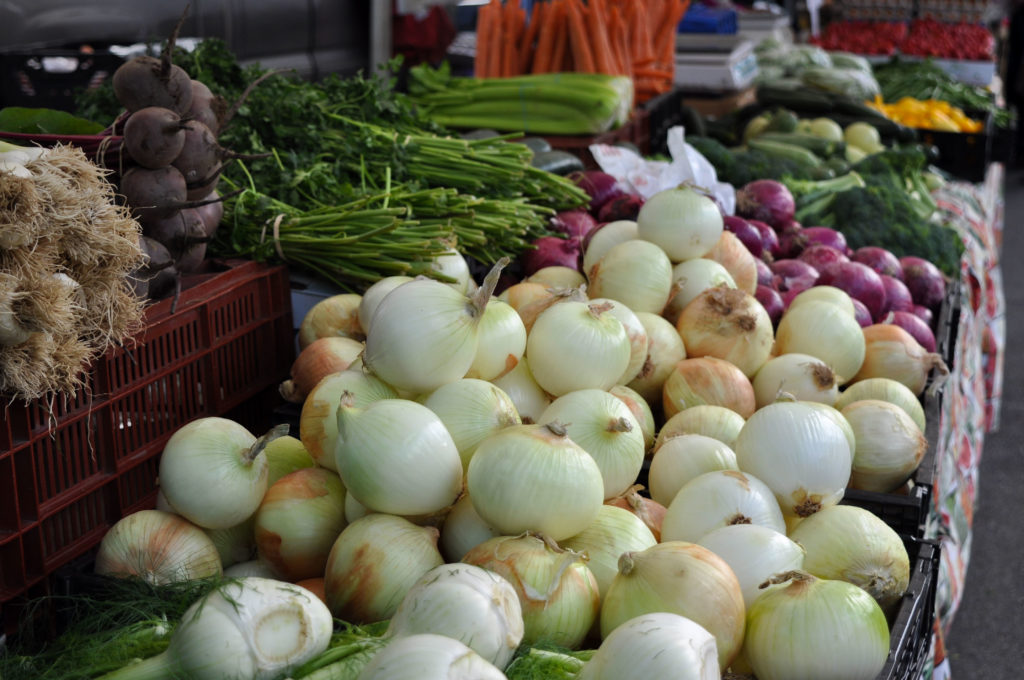
Photo by Adnan Amin
Not even a little soft and no green sprout coming out of the top. Though these can be strong smelling and strongly flavored vegetables during preparation and cooking, when intact, they should not be especially smelly. If there is a strong smell that is perhaps more reminiscent of the cooked version of the produce in question, it is past its prime.
Mushrooms
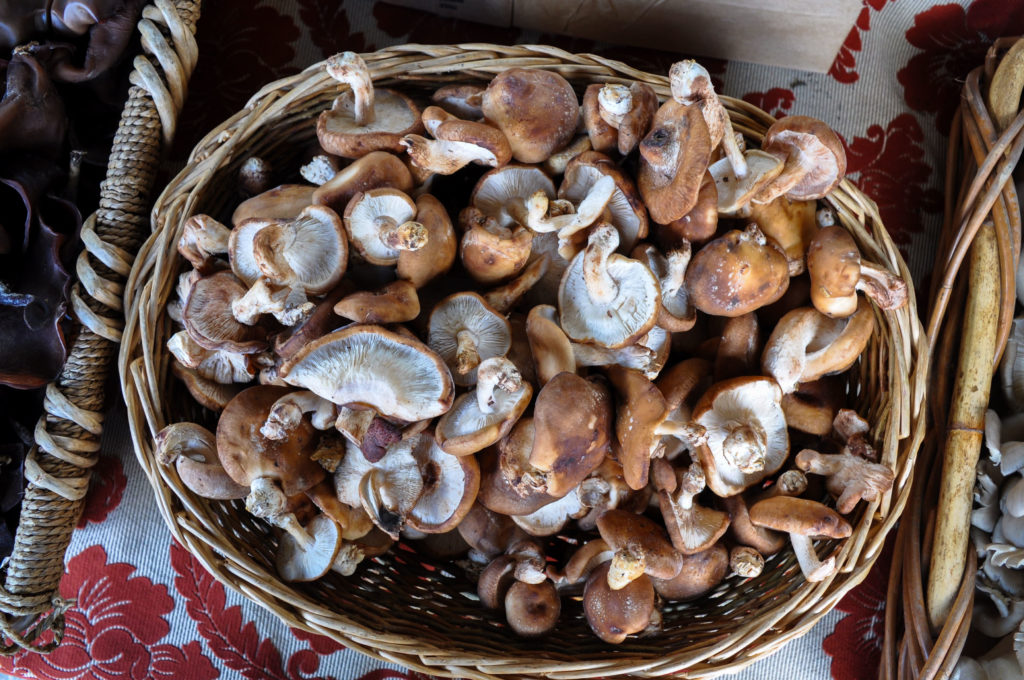
Photo by Adnan Amin
Truly fresh mushrooms are rather rare in the world, but it’s still good to check. Avoid raggedy edges, damaged frills on the underside, and other apparent signs of wear and tear, as applicable. Classic white and brown mushrooms are quick to show such wear and tear on their heads.
Corn
Intact, still-green husk and undamaged silk tuft (like a lock of beautiful platinum blonde hair). If you peel back the tip of a husk, which should take a bit of doing and yield yet another squeak-type sound, a sweet, slightly musky smell should reach your nose. I find this smell is most pronounced in good yellow corn, but any corn will have this same quality to some degree.




